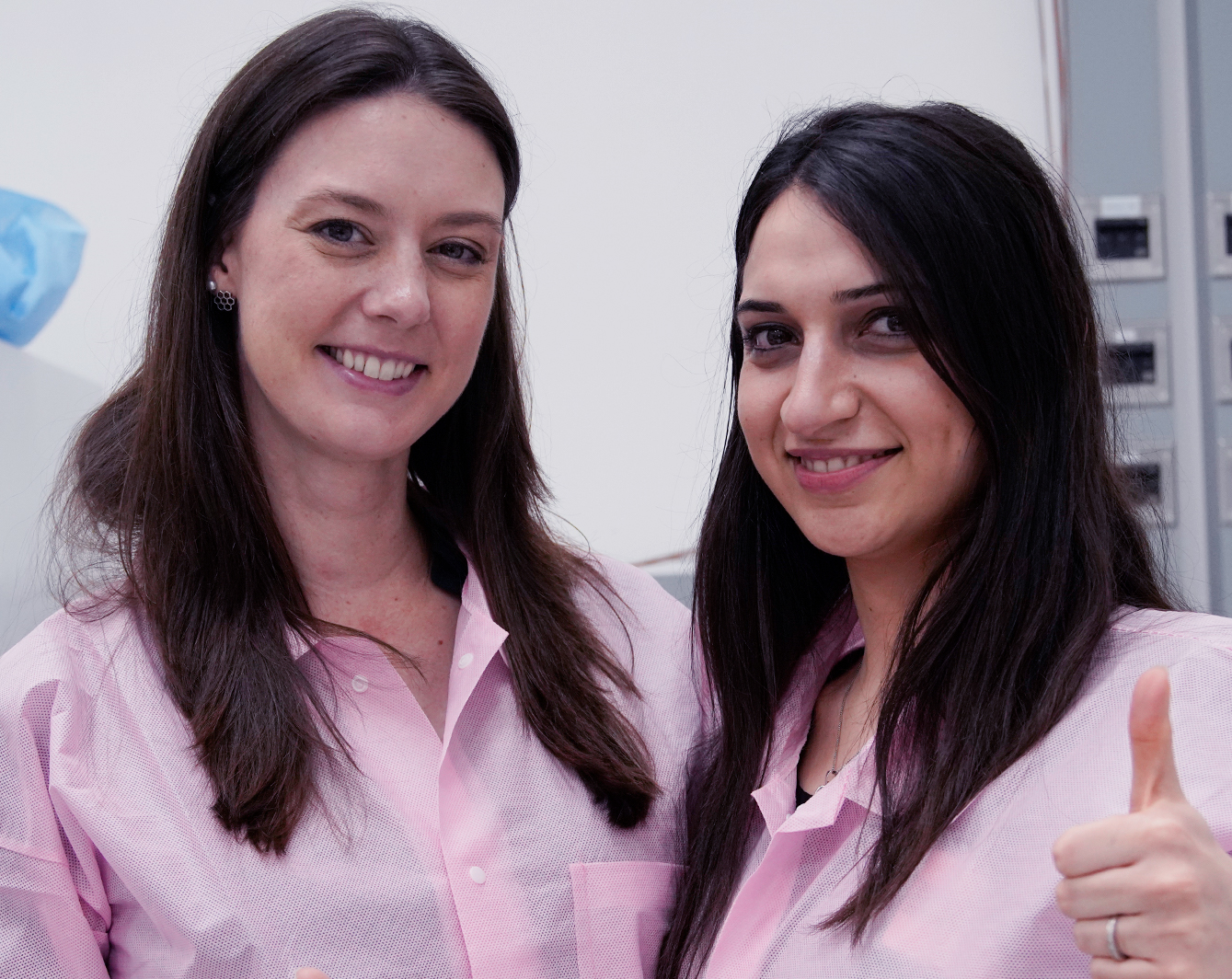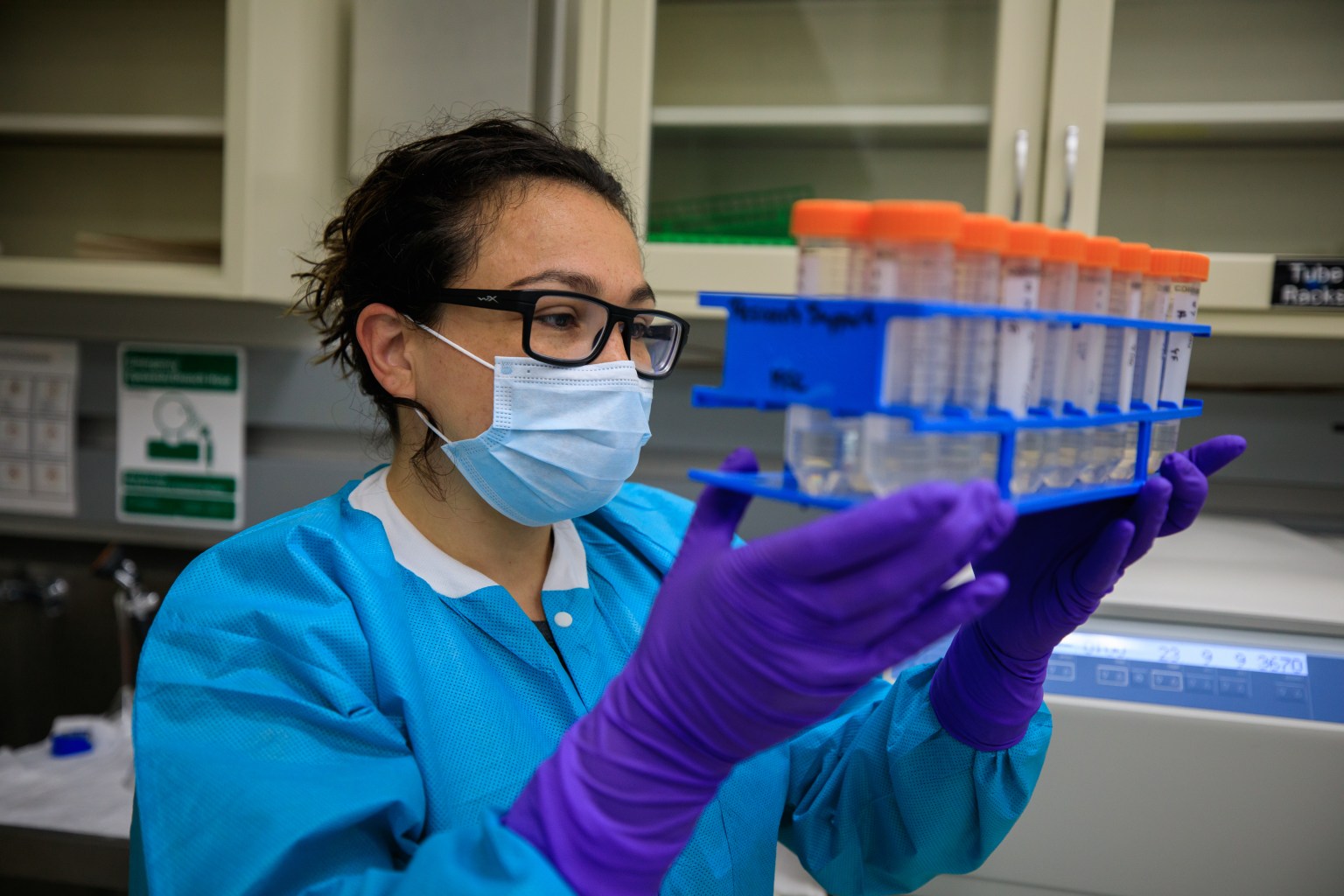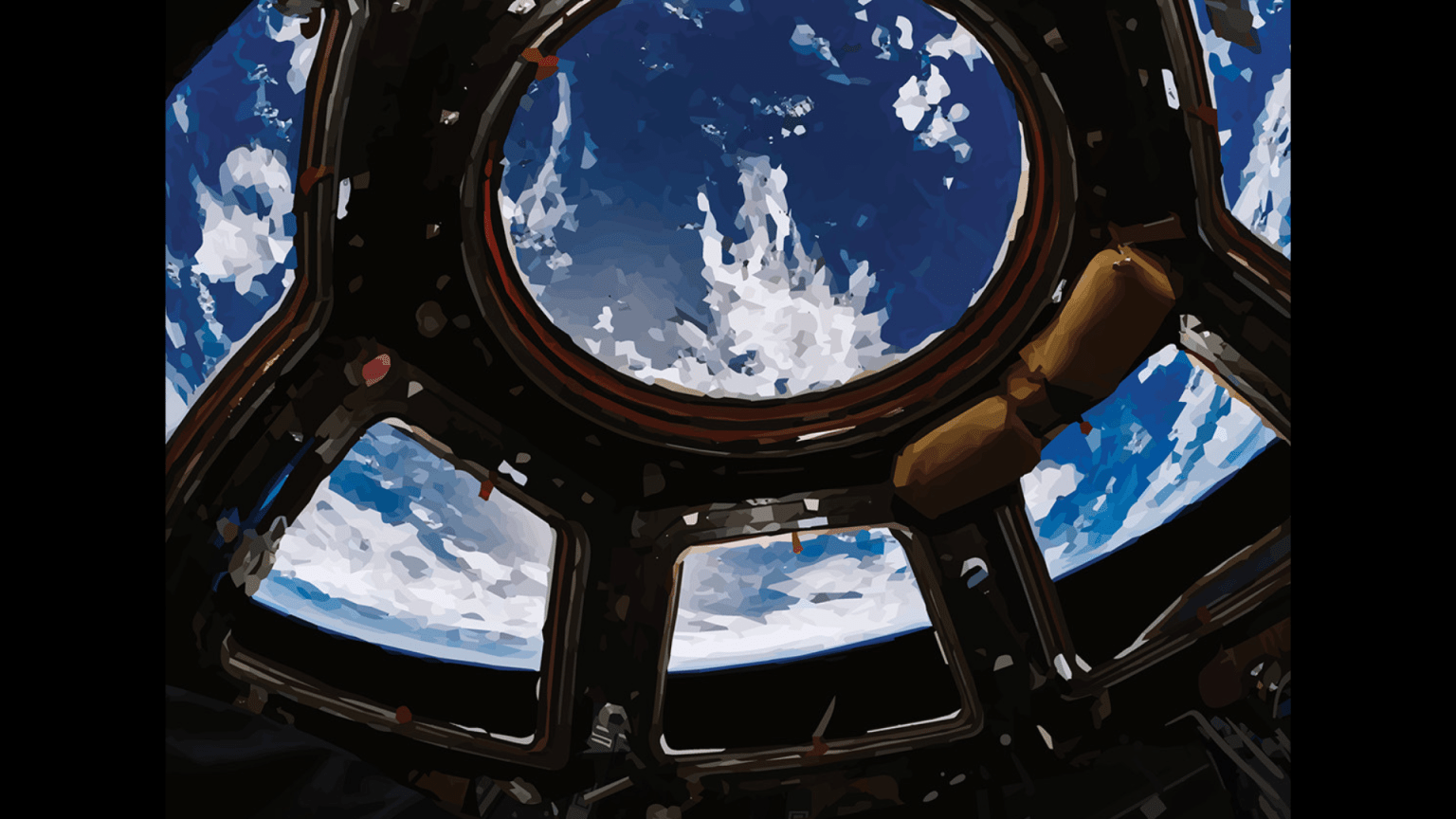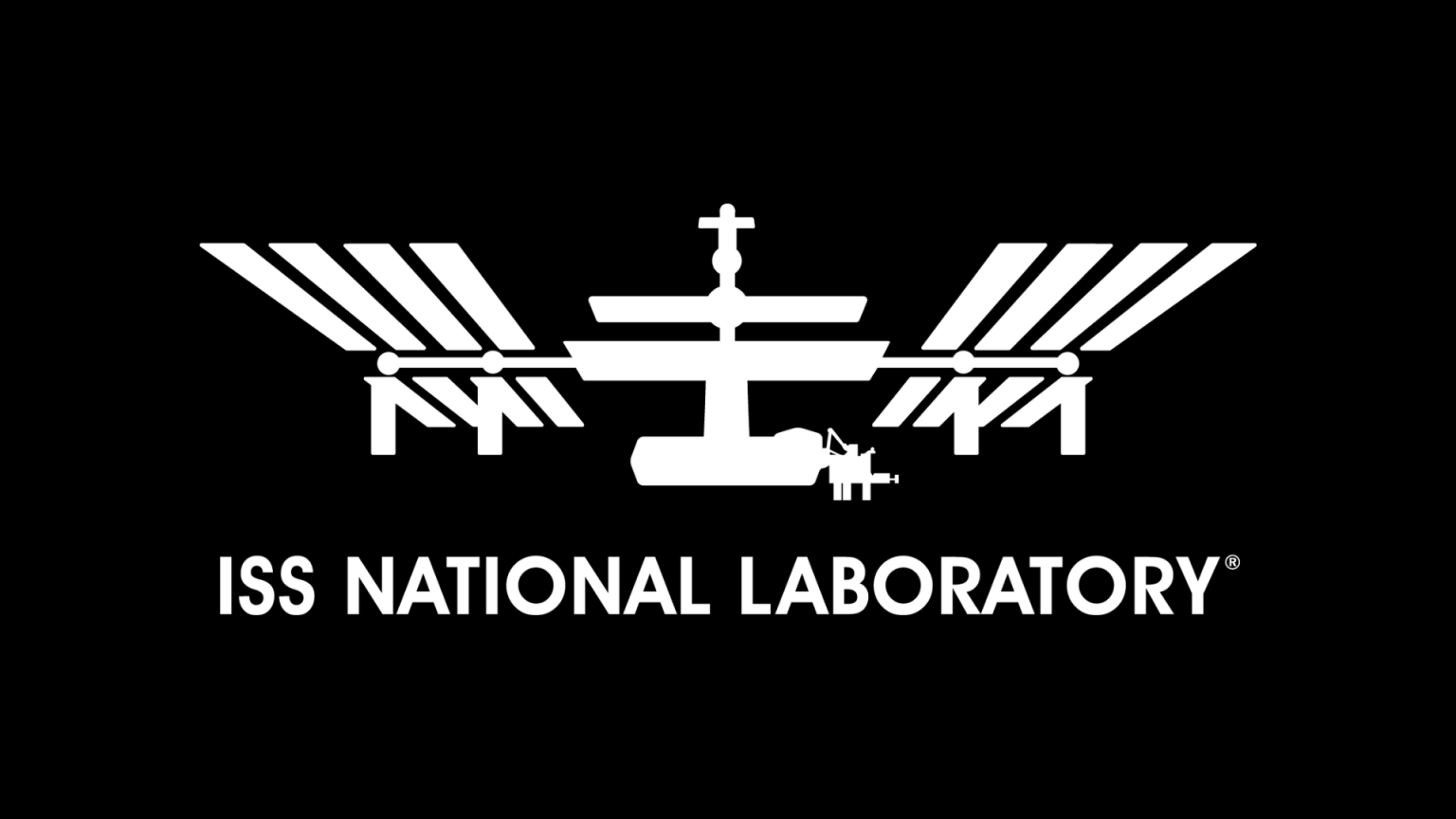Follow their journey on getting their science aboard the space station
NASA Explorers: Microgravity is a video series that gives you a behind-the-scenes look at the experience of sending science to the International Space Station. This laboratory like no other offers something we can’t get on our home planet: Microgravity. Watch all of the episodes of this video series below as we follow a team of scientists during their journey to launch their research off our planet to the space station, and to see what microgravity may reveal.
NASA Explorers S4 E1: Orbiting Laboratory
Things behave a bit differently aboard the International Space Station, thanks to microgravity.
Sure, floating looks like fun, but it could also unlock new scientific discoveries.
Microgravity makes the station the perfect place to perform research that is changing the lives of people on Earth, and preparing us to go deeper into space. This season on NASA Explorers, we are following science into low-Earth orbit and seeing what it takes to do research aboard the space station.
NASA Explorers S4 E2: The Scientists
Putting your life’s work on top of a rocket may seem like a daunting task, but that’s exactly what scientists have been doing for decades as they launch their research to the International Space Station.
This season on NASA Explorers, we’re exploring why we send science to space, and what it takes to get it there. Spoiler alert: you don’t have to be a rocket scientist to conduct research in microgravity. This week, meet a team of researchers who are launching an experiment to space for the first time.
NASA Explorers S4 E3: Training the Astronauts
Astronauts train all over the world, including at NASA’s Johnson Space Center in Houston, Texas. Here, they learn not just how to live in space, but also how to conduct science in microgravity. Astronauts serve as the eyes and hands of researchers while their experiments are aboard the space station, so they must be trained in everything from using a microscope, to maintaining the equipment for combustion experiments.
Follow along with NASA Explorers as we go to class with NASA astronaut Mike Fincke.
NASA Explorers S4 E4: Before the Rocket
Our team of scientists is just days away from their research being loaded onto a SpaceX rocket that will carry their experiment to the International Space Station. This week on NASA Explorers, we are following along with them in the busy days leading up to launch at Kennedy Space Center, as they do all of the last-minute preparations to get their experiment ready for microgravity.
NASA Explorers S4 E5: Journey to Space
The day has finally arrived. After years of work, our team of scientists is at the Kennedy Space Center in the hopes of seeing their research liftoff to the International Space Station. Join us this week on NASA Explorers for the countdown, the emotion and, hopefully, the launch.
NASA Explorers S4 E6: On Station
Now that our researchers’ experiment is on the International Space Station, it’s time to test how their samples behave in microgravity. This week on NASA Explorers, the astronauts conduct science in space, while a team back here on Earth runs their own piece of the project.
NASA Explorers S4 E7: Back to Gravity
With the experiment’s journey complete, Elaine Horn-Ranney Ph.D. and Parastoo Khoshaklagh Ph.D. now join the thousands of scientists who’ve performed research aboard the International Space Station, making the most of what microgravity has to teach us.
Although the thrill of the rocket launch may be over, our scientists still have one of the most exciting parts of their journey ahead: sharing their results with the world.
NASA Explorers S4 Bonus: 20 Years of Science
This season on NASA Explorers, you’ve seen what it takes to send science to the International Space Station through the eyes of one team of researchers. They are just two of thousands more scientists who have sent experiments to the orbiting laboratory over the past two decades.
Take a look back at those 20 years of microgravity science along with the researchers who helped make it happen.
Hear more from the researchers featured in this episode:
































